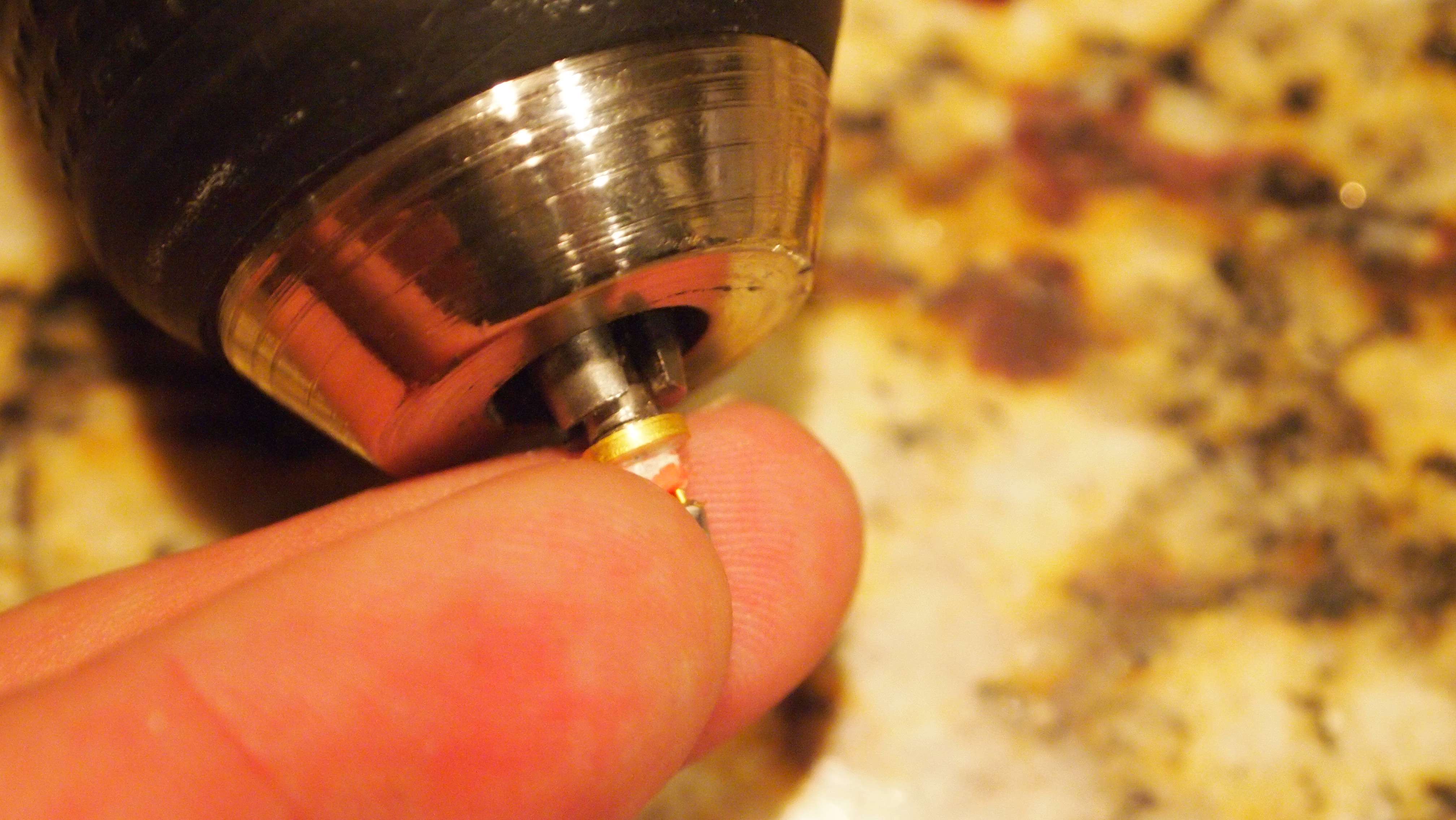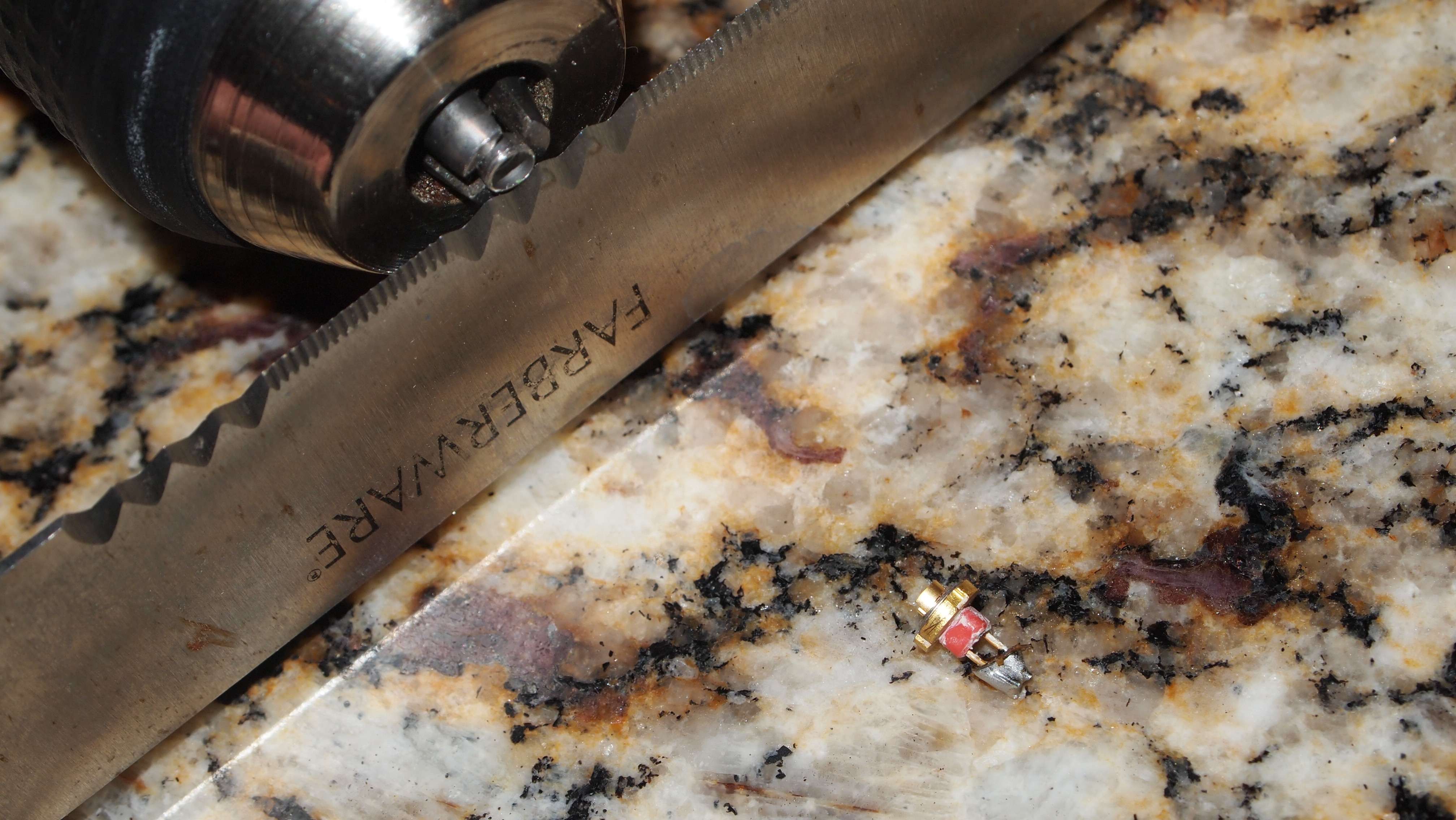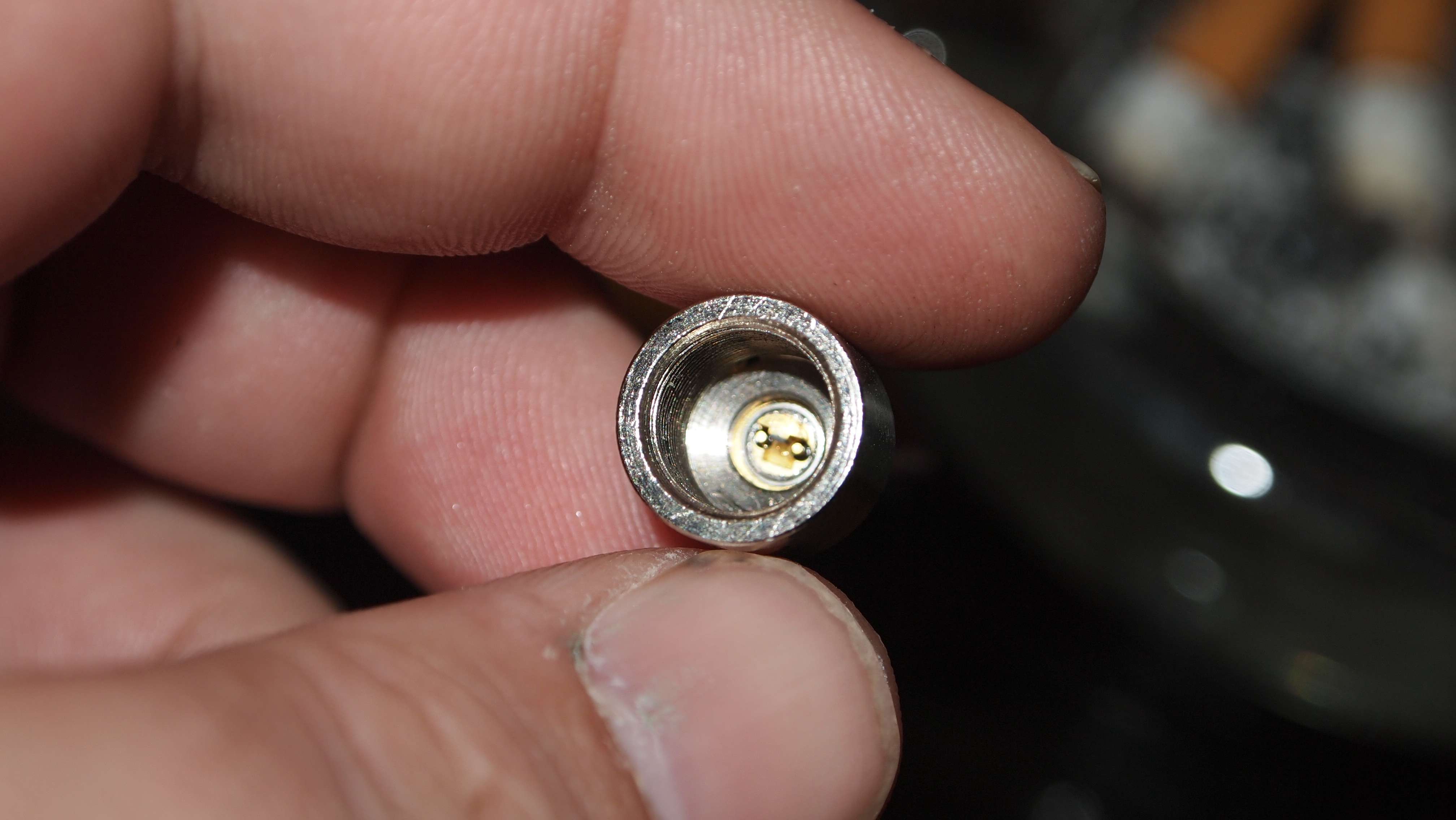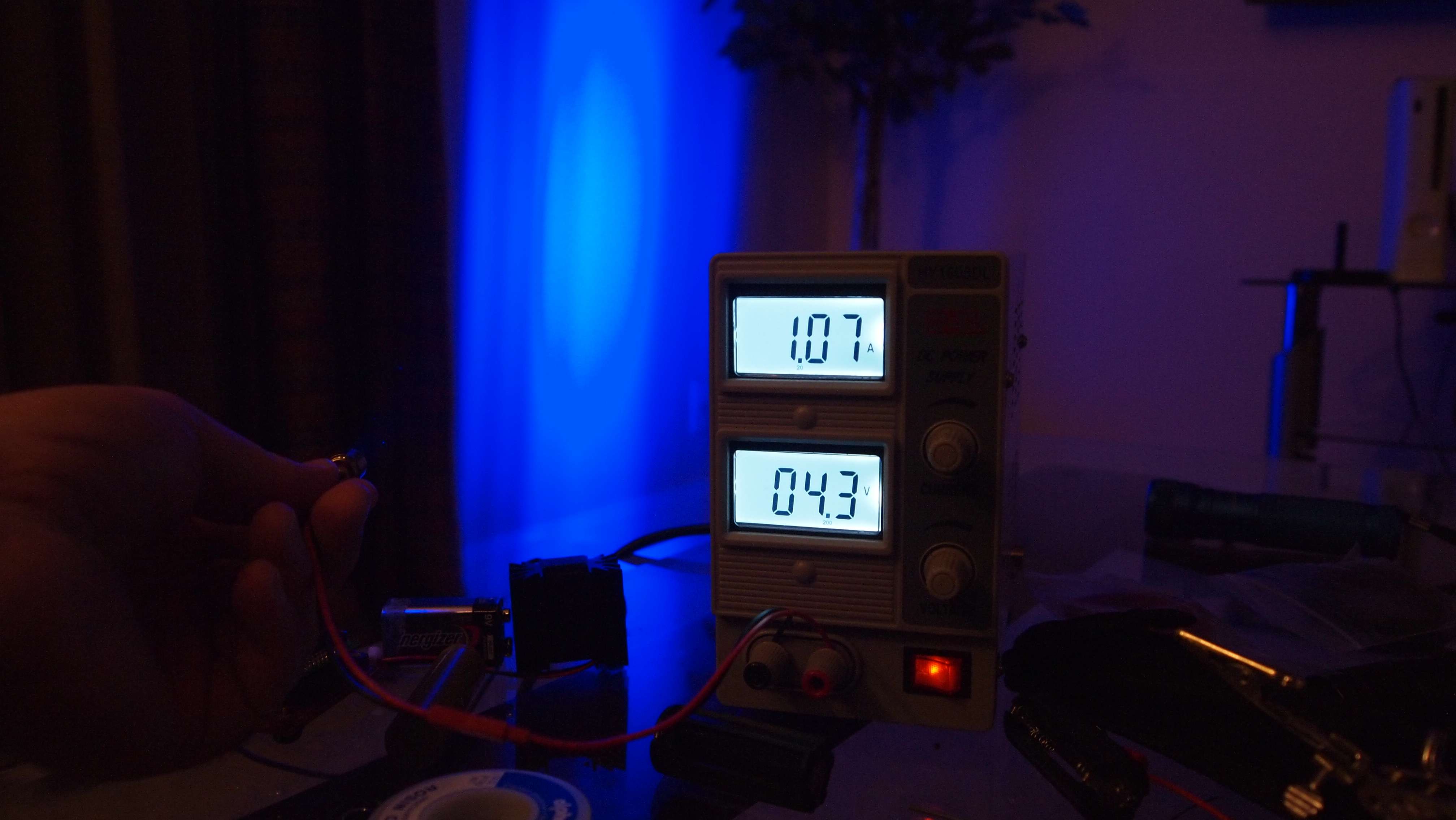Bogart
0
- Joined
- Oct 18, 2009
- Messages
- 70
- Points
- 8
I apologize if this has already been covered somewhere I have not yet looked.
I have seen a number of posts talking about de-canning laser diodes, but not much said about the actual process.
I have a number of LDs laying around (mostly 445s and 405s) that have damaged cans or windows that I would like to try de-canning to possibly make use of them. However, it looks like it could be quite a tricky and delicate process.
Would anyone with experience in doing this care to share any tips, techniques, pitfalls, stories of success/failure, or other wisdom?
Thanks.
I have seen a number of posts talking about de-canning laser diodes, but not much said about the actual process.
I have a number of LDs laying around (mostly 445s and 405s) that have damaged cans or windows that I would like to try de-canning to possibly make use of them. However, it looks like it could be quite a tricky and delicate process.
Would anyone with experience in doing this care to share any tips, techniques, pitfalls, stories of success/failure, or other wisdom?
Thanks.








